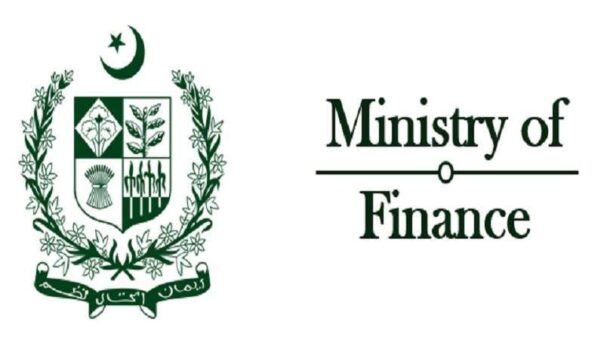Pakistan’s tax to GDP ratio has declined to 6.7 percent during first nine month (July – March) 2022-2023 as compared with 7.2 percent in the same period of the last fiscal year, official statistics revealed.
According to the ministry of finance, despite increase in net collection of revenue during the first nine months of the current fiscal year the ratio has been declined mainly because of rise in size of the GDP.
READ MORE: Pakistan’s foreign exchange reserves inch up to $10.04 billion
The consolidated tax collection by federal and provincial authorities increased to Rs5.62 trillion during first nine months of the current fiscal year as compared with Rs4.82 trillion in the same months of the last fiscal year.
On the other hand the size of GDP also increased significantly to Rs84.10 trillion during July – March 2022-2023 when compared with Rs66.95 trillion in the same period of the last fiscal year.
Tax to GDP ratio is an important indicator of a country’s fiscal health, as it reflects the proportion of a country’s total economic output that is collected in taxes. In the case of Pakistan, the tax to GDP ratio has been a major concern for policymakers and economists for many years.
READ MORE: Pakistan’s exports plunge 12% in first 10 months of FY23, imports down 28%
Pakistan has one of the lowest tax to GDP ratios in the world. This means that only a small portion of the country’s economic output is being collected in taxes, which severely limits the government’s ability to finance essential public services and invest in infrastructure.
There are several reasons why Pakistan has struggled to increase its tax to GDP ratio. One of the primary reasons is the large informal sector, which accounts for a significant portion of the country’s economic activity but is largely unregulated and untaxed. Many businesses in the informal sector operate outside the tax net, which makes it difficult for the government to collect taxes from them.
READ MORE: Headline inflation reaches historic high of 36.4% in April 2023
Another major challenge is tax evasion, which is rampant in Pakistan. Many wealthy individuals and businesses engage in illegal activities to avoid paying taxes, such as underreporting their income, hiding their assets, and engaging in corruption.
This not only deprives the government of much-needed revenue, but it also undermines the country’s overall economic stability and fairness.
The Pakistani government has implemented various reforms over the years to improve the tax to GDP ratio, but progress has been slow. In recent years, the government has focused on broadening the tax base by bringing more businesses and individuals into the tax net. It has also introduced various measures to reduce tax evasion, such as strengthening tax enforcement agencies and introducing harsher penalties for tax evaders.
READ MORE: Pakistan’s economy still struggling with high inflation, economic slowdown
Despite these efforts, the tax to GDP ratio in Pakistan remains stubbornly low. The government needs to continue to prioritize tax reforms and work towards increasing the tax to GDP ratio to a more sustainable level. This will require not only better tax administration and enforcement, but also a more comprehensive approach to economic development that includes job creation, poverty reduction, and improved social services.
Although the tax to GDP ratio fell during the first nine months the current fiscal year, yet the budget deficit contracted to 3.7 percent as compared with the deficit of 3.8 percent in the same months of the last year.
The total revenue collection increased to Rs6.94 trillion during July – March 2022-2023 when compared with Rs5.87 trillion in the same period of the last fiscal year.
Meanwhile, the expenditure during the period under review rose to Rs10.02 trillion when compared with Rs8.44 trillion in the same period of the last fiscal year.
